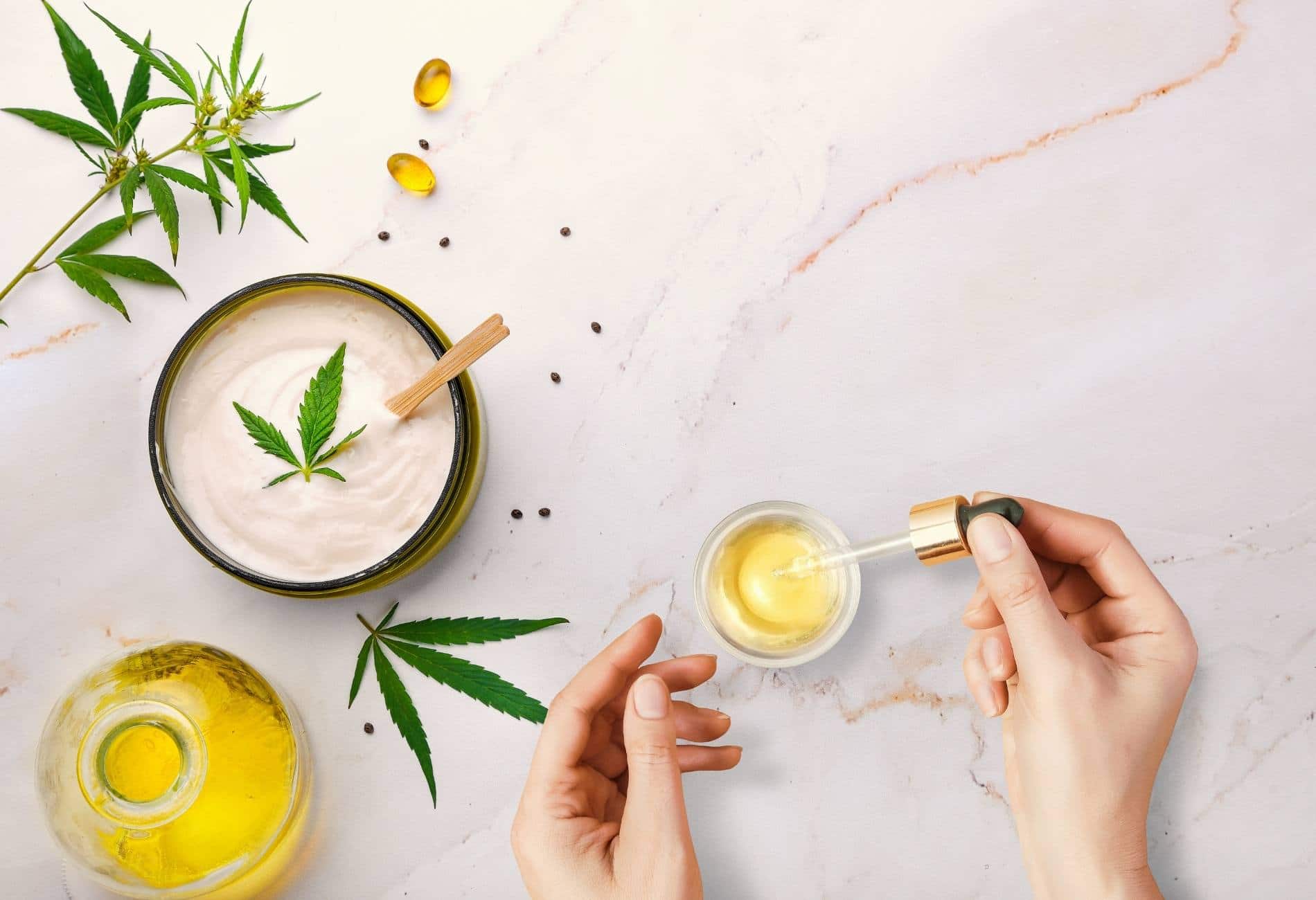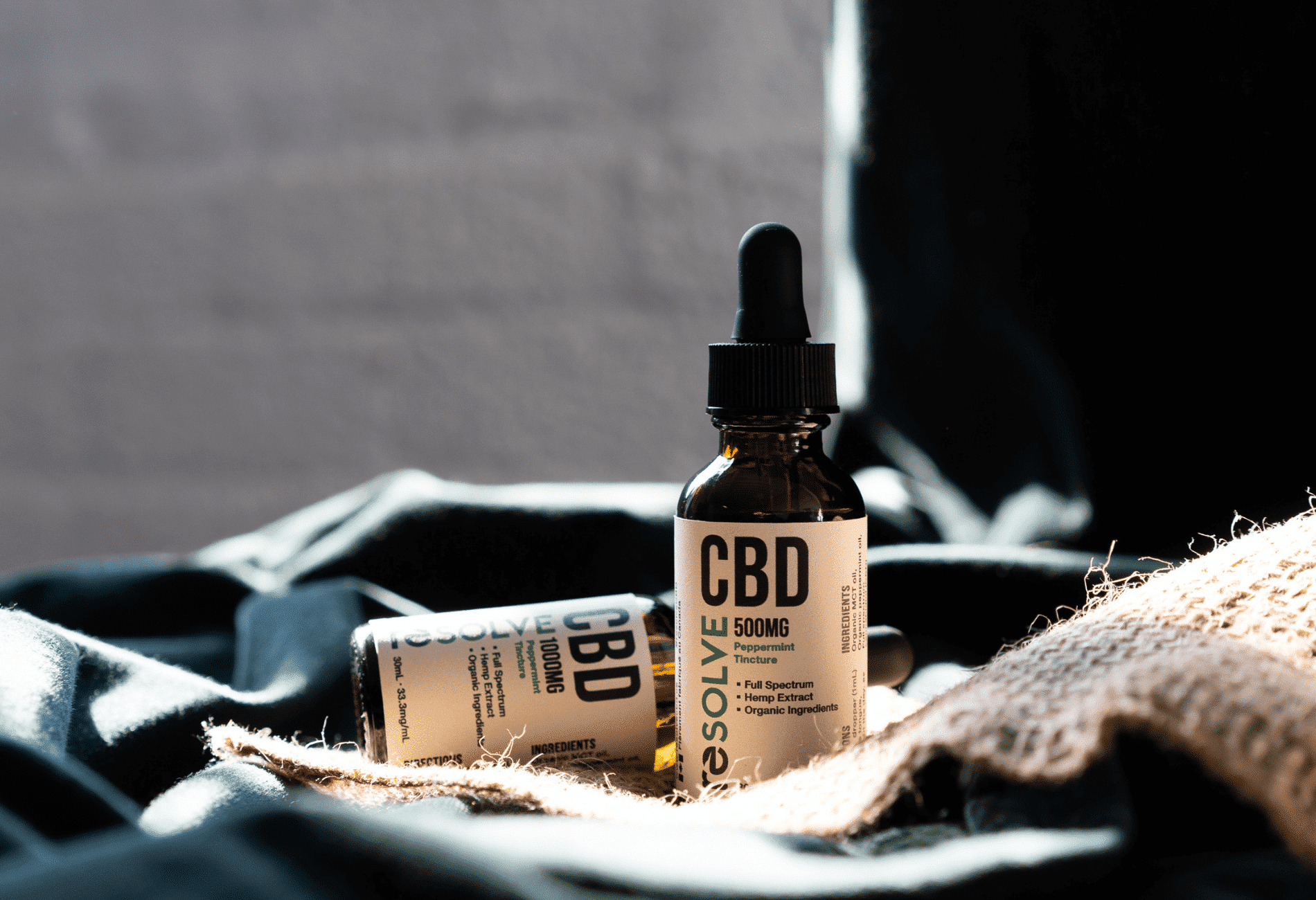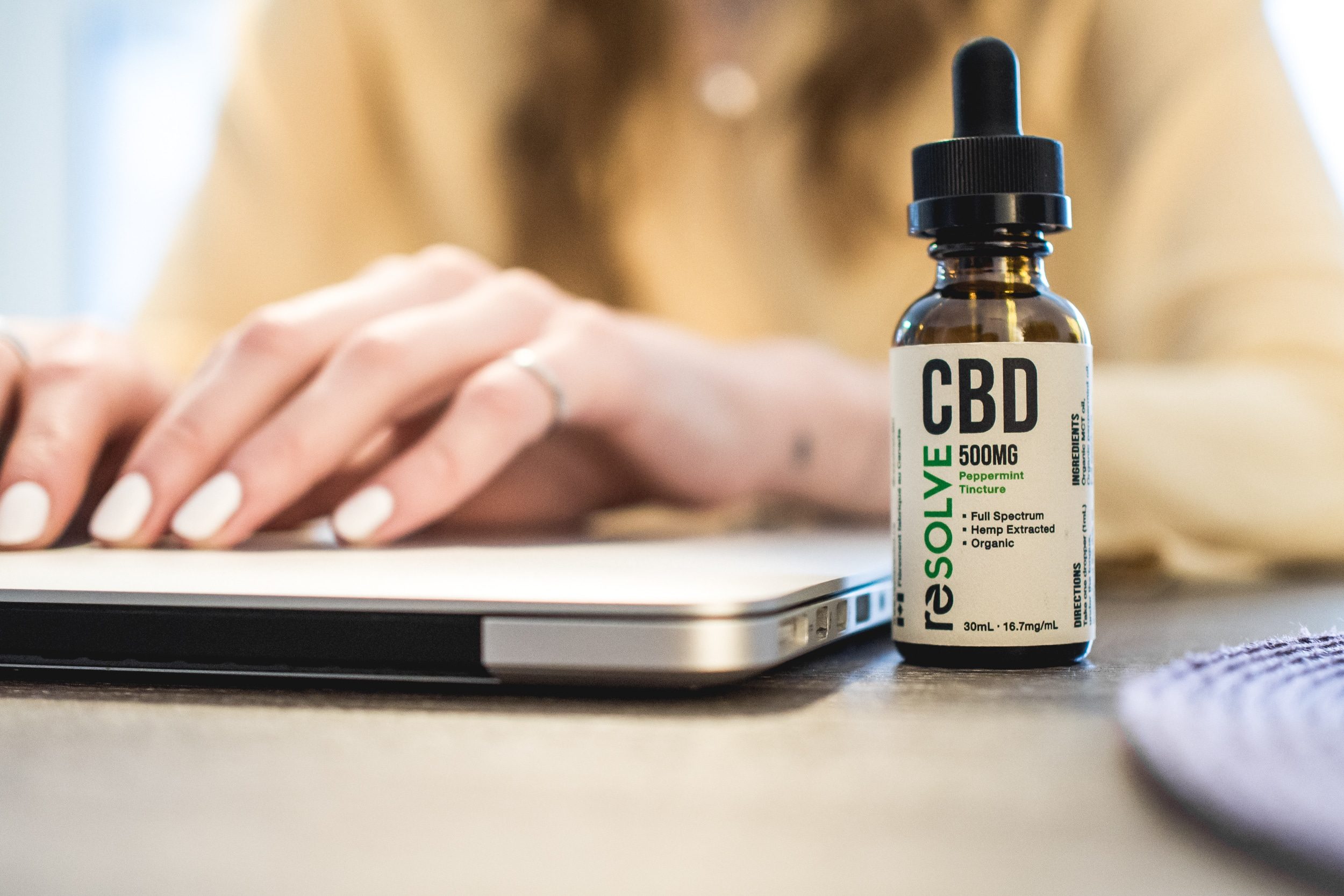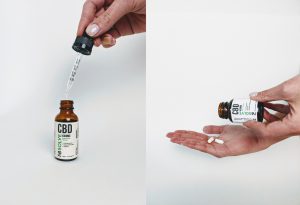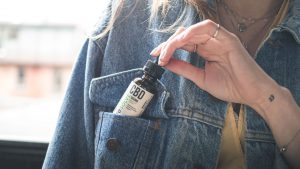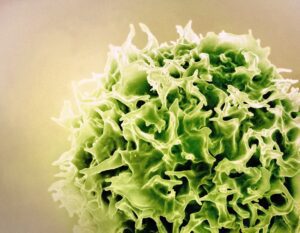CBD Glossary: Ultimate guide to CBD lingo
Reading Time: 8 minutes
Over the past few years, CBD has burst onto the health scene and made its way into our everyday vernacular.
When it comes to CBD the more you know, the better you understand how it can work for you, and what CBD products will help you the most. CBD and related terminology are more than just buzzwords, knowing the lingo will help inform you of the health benefits and various functions.
As CBD continues to grow in popularity as a natural alternative to medication, research and knowledge in this field also continues to gather steam. Whether you’re a first time CBD user or a veteran of CBD products, we’ve put together the ultimate CBD glossary to help you learn the ABC’s of CBD. Feel free to pick and choose CBD glossary terms by using the clickable table of contents.

Contents
CBD Glossary Terms
2-arachidonoylglycerol (2-AG)
An endocannabinoid found in high levels in the body’s central nervous system. The 2-AG is a part of a group of molecules that play a vital role in several bodily processes that affect inflammation and immunity. Along with helping with immune system function, 2-AG helps with pain management and appetite regulation.
Anandamide (AEA)
Another endocannabinoid, AEA is also found in the body’s Endocannabinoid System (ECS). Like 2-AG, AEA is also believed to impact appetite and the immune system, along with cognition, memory, mood and certain motor functions. The AEA binds to cannabinoid receptors in the body and mimics the activity of plant-derived cannabinoid drugs.
Bioavailability
Bioavailability of CBD is the degree to which CBD (and other compounds) is absorbed by your system—the higher the bioavailability, the more CBD your body is able to utilize.
Broad spectrum CBD
is any type of CBD product that contains various cannabinoids but no tetrahydrocannabinol (THC). This allows you to benefit from the entourage effect without any concerns related to THC.
Cannabichromene (CBC)
A cannabinoid found in the cannabis plant. CBC is believed to encourage the brain to grow by increasing the viability of developing brain cells in a process known as neurogenesis.
Cannabidiol (CBD)
CBD is the second most prevalent cannabinoid found in cannabis, next to THC. CBD offers a host of therapeutic benefits for the mind and body without the psychoactive factor of THC.
Cannabinoid
Naturally occurring active compound found in hemp or cannabis. There are currently 144 known cannabinoids.
Cannabinoid 1 (CB1) receptor
CB1 receptors are primarily found in the brain and central nervous system as well as the ECS. THC activates CB1 receptors, creating a psychoactive effect (it gets you high). CBD on the other hand, does not bind with CB1 receptors and therefore no psychoactive effects occur. As a phytocannabinoid, CBD stimulates ECS receptor responses that can bring about therapeutic effects to the mind and body.
Cannabinoid 2 (CB2) receptor
CB2 receptors are found in white blood cells, the tonsils, immune cells, and other tissues and organs. CB2 receptors help regulate the biological function of these cells and organs and help mediate the effect of cannabinoids on these organs and cells.
Cannabinoid profile
The profile and concentration of cannabinoids in a product. This information should be included on product labels or the brand’s website.
Cannabis
Cannabis is a genus of flowering plants in the family Cannabaceae, which contains three plant species with varying properties: indica, sativa and ruderalis. There are 144 biologically active cannabinoids found in cannabis plants.
Cannabis Act
The Canadian law that regulates all phytocannabinoids. The Cannabis Act, with legislation of Bill C-46, legalized recreational cannabis use nationwide in Canada. The Act came into force on October 17, 2018.

Cannabis indica
A strain of cannabis with higher concentrations of THC. This strain is known for its sedative effects and is widely used as both a medicinal and recreational drug.
Cannabis sativa
A strain of cannabis known for promoting a cerebral or “head high”. It has an energizing effect that can help reduce anxiety or stress and increase focus. “Industrial hemp” is one strain defined as Cannabis Sativa that is specifically cultivated for non-drug use and contains less than 0.3% THC.
Capsule
A delivery method for CBD oil. Similar to gels or capsules found over the counter at any drug store. Capsules are an easy and convenient way to consume CBD oil.
Certificate of Analysis (COA)
An authenticated document for quality control, verifying that the product meets the certain specifications. Each COA contains the amount of CBD, THC, and other helpful cannabinoids found in a specific product. A reputable company will always provide a COA and exists to help the consumer make informed choices about their CBD purchases. resolveCBD’s COA lab results are published online.
CO2 Extraction
This extraction method achieves the highest-grade CBD oil. There are three types of CO2 extraction: supercritical, subcritical, and mid-critical. Both the subcritical and mid-critical CBD extraction methods eventually produce a full-spectrum CBD oil; the supercritical method will extract the purest version of a cannabinoid but may lack additional compounds.
Concentrates
Cannabis concentrates, or extracts, are much more potent than a standard cannabis bud or flower. Concentrates are processed to keep only the most desirable medicinal compounds while removing all other excess plant material.
Cream
A topical delivery method for CBD oil, this type of product can be applied on the skin to target skin issues or muscle and joint pain.
Delivery method
How a substance enters the body (oil, capsule, cream etc.) to produce a desired therapeutic effect.
Dispensary
Dispensaries are a safe and regulated locations to purchase medicinal and recreational cannabis. Laws overseeing dispensaries vary by province in Canada.
Dosing
The quantity or individual dose of CBD used at a given time. CBD dosage can be dependent on a variety of factors, including body weight, diet, metabolism, other medications, genetics, medical conditions, and even the quality and formulation of a product.
Edible
Any food product containing some form of cannabis, such as resolveCBD gummies.
Electronic smoking device
These devices are often referred to as vaporizers, vapes, or e-cigarettes. They consist of an atomizer, a power source such as a battery, and a container or cartridge where the user will inhale vapour (instead of smoke).
Endocannabinoid System (ECS)
The ECS is a biological system that helps to regulate and balance processes in the body, including immune response, communication between cells, sleep, mood, appetite and metabolism, memory, and even fertility and reproduction. The ECS plays an important role in helping to maintain homeostasis in the body. This homeostasis encompasses the immune system, brain, and endocrine system. The ECS naturally contains an abundance of endocannabinoid receptors along with receptors and enzymes.
Endocannabinoid enhancer
A drug that enhances the activity of the ECS.
Entourage Effect
The synergistic interactions between the various cannabinoids, terpenes, flavonoids, amino acids and essential oils found in a whole-plant (full spectrum) extract. The entourage effect is more likely to occur with full spectrum products offering higher levels of relief from inflammation, pain and anxiety than other CBD extract products of the same dose. For this reason, full spectrum CBD is often considered the best type of extract as it most-closely resembles the plant’s chemical composition. resolveCBD products contain full spectrum CBD.
Ethanol Extraction
An extraction method using cold, high-grade alcohol that gently pulls all active compounds from the cannabis plant’s cellulose material, resulting in pure, full-spectrum hemp oil. Cold ethanol extraction is the best method for minimizing the fats in the extract.
Extraction
The process of deriving CBD oil from the hemp plant. There are many extraction methods that draw out CBD from the plant, solvent extraction, oil extraction, and CO2 extraction are the most popular and widely-accepted methods.
Full spectrum
Full spectrum CBD oil is an extract that contains all the cannabinoids found in the plant in addition to CBD (e.g. CBN, CBG, CBC, etc.) The compound is not extracted or isolated further. This medley of cannabinoids work together to increase the benefits of CBD and the accompanying friends that come along with it, including THC (0.3% or less from hemp-derived CBD and 5% or more from marijuana-derived CBD.) This is known as the “entourage effect.”
Hemp
A strain of the Cannabis sativa plant often grown for industrial use and is often referred to as “industrial hemp”.
Hemp seed oil
comes from the seeds of the Cannabis sativa plant, and contains no measurable amount of cannabinoids. Hemp oil offers many health benefits to the body, especially for skin and nutrition.
Homeostasis
from the Greek words for “same” and “steady,” is the ability to maintain a stable internal system which includes a healthy body temperature, balanced chemical levels and proper fluid balance.
Homogeneity
Testing that ensures genetic consistency across strains of cannabis, or the even distribution of THC or CBD in a product.
Hybrid
In referring to Cannabis, this is a strain that mixes two main types of cannabis: indica and sativa.
Industrial hemp
as mentioned above, this is hemp grown specifically for industrial uses of its products. Hemp used in CBD products must contain less than 0.3% THC.
Isolate
Refers to 99% pure CBD, in which all cannabinoids except CBD have been removed in the refining process. This means that CBD isolate users will not benefit from the entourage effect.
Marijuana
The dried leaves and flowers from the cannabis plant, known for its medicinal and psychoactive properties.
Microdosing
This type of dosing technique involves consuming only small servings of CBD.
Phytocannabinoid
any cannabinoid produced in the trichomes of a cannabis plant that mimic the endocannabinoids naturally produced by the body. CBD and THC are phytocannabinoids, but there are at least 113 different phytocannabinoids in the cannabis plant.
Potency
is a measure of drug activity expressed in terms of the amount or concentration required to produce an effect of given intensity in the body.
Psychoactive
is a term that is applied to substances that change a person’s mental state by altering the way the brain and nervous system work. THC is the primary psychoactive component in cannabis plants.
Receptors
(Endocannabinoid Receptors) Special receptors that endocannabinoids bind to as a way of signaling to the ECS that it needs to act. Found throughout your body these receptors can interact with the chemical compounds in cannabis.
Rick Simpson Oil
Canadian Rick Simpson claims he cured his own skin cancer with his custom blend of cannabis oil. CBD oil derived from industrial hemp plants mostly contains CBD and low THC (0.3%), while Rick Simpson Oil has a high concentration of THC — at least 20%.
Robert S. Cahn
A British chemist credited for discovering the first individual cannabinoid in 1940 through his research and findings around the structure of Cannabinol (CBN).
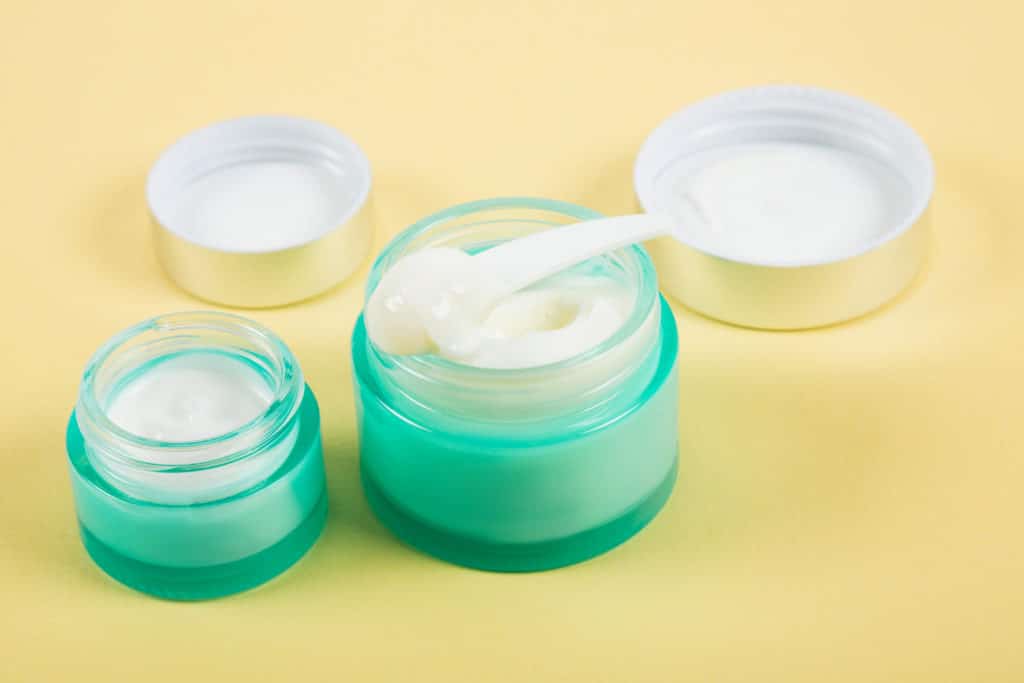
Roger Adams
Not exactly a CBD term, but an important name to know for his influence and research that helped CBD to become so useful today. Adams, an American chemist, was the first to successfully isolate the first cannabinoid, Cannabidiol, in 1942.
Route of administration
The way in which a drug or substance is taken into the body. For instance, CBD oil can be taken sublingually (in the mouth, under the tongue), eaten in the form of an edible or capsule, or applied to the skin topically.
Salve
Salve is a type of ointment or topical that contains CBD and can be applied directly to the skin.
Sublingual
A method of administration, placing a few drops of the substance like CBD under the tongue where it can be easily absorbed into the bloodstream through the tissues in your tongue.
Terpene
An organic compound that provides aroma and flavour in cannabis and a variety of other organisms, including plants. There are more than 100 different terpenes currently identified, and every cannabis strain has its own terpene profile.
Tetrahydrocannabinol (THC)
One of the 144 cannabinoids found in Cannabis, THC is the principal psychoactive constituent of cannabis. Products that contain THC will get you high.
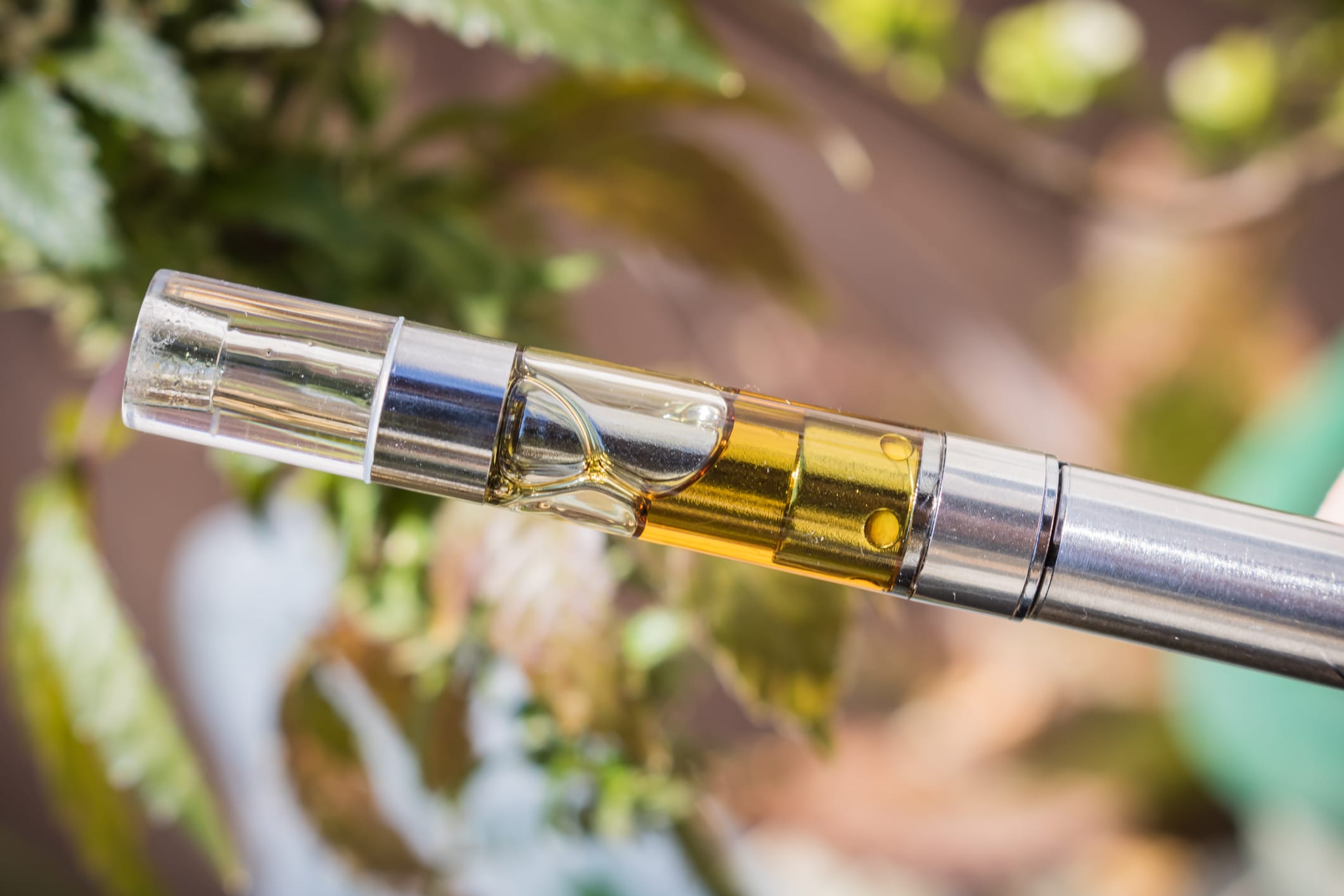
Tincture
A delivery method typically administered sublingually. resolveCBD oils come in tincture form for easy consumption.
Topical
A delivery method where CBD product is applied to the skin in a cream or lotion format.
Vaping
The action of inhaling a vaporized substance generated by an electronic vaporizer or vape.
If you want more than glossary terms, our FAQs can help answer common questions about our CBD glossary and resolveCBD products. Our CBD blog also covers a lot of these terms and CBD-related topics, have a question? Let us know in the comments.
Written by Rosalyn Solomon
DISCLAIMER: Information and products presented by resolveCBD are not intended to diagnose, treat, cure, or prevent any disease or ailment, nor is it intended to be a substitute or alternative for professional medical advice. Always consult with a licensed professional regarding medical treatment or possible interactions with prescribed drugs. Products are intended to be used as directed, by individuals who are 19 years of age or older.


